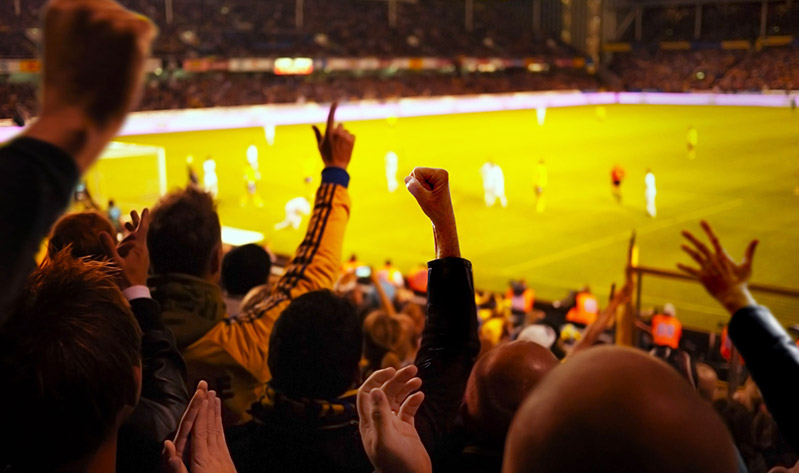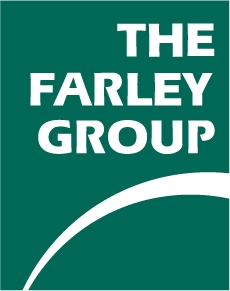
We collect basic website visitor information on this website and store it in cookies. We also utilize Google Analytics to track page view information to assist us in improving our website.

It’s what the Harvard Crimson are doing.
Same goes for the Princeton Tigers. Up north, the Seneca Sting are in on the action as well.
You might not have noticed, but more and more of North America’s best and brightest young athletes are practicing ‒ and even competing ‒ under air-supported sports domes.
And it’s not only collegiate teams who are embracing a new way to train. They’re following in the footsteps of professional superstars like the Toronto FC, who’ve been training under their own 88,000-square foot dome since 2011.
Want to know why? Let’s take a closer look at this trend.
Sports and domes are pretty ubiquitous. You’ve got the record-breaking Louisiana Superdome; Syracuse University’s massive Carrier Dome; and, of course, the venue formerly known as the SkyDome.
But here, we’re focusing squarely on a specific category of sports dome: the humble structures known as air-supported domes. Depending on where you’re from, you might know them better as sports bubbles.
Air domes aren’t made out of steel or concrete. They consist of a heavy-duty fabric membrane propped up entirely by air ‒ no posts or cross beams required. A 24/7 fresh-air ventilation system and specialized airlocks take care of maintaining the right air pressure.
You might not have had a chance to step inside a dome yet (which is an “amazing” and “awesome” first-time experience), but you’ve probably seen them from the outside. They’re hard not to miss when drive past! You can find giant, white air domes emblazoned with a colourful logo in campuses all across North America.
Some of these domes are inflated and used year-round, with air conditioning in the summer and heating in winter. Others are installed on a seasonal basis to bring an outdoor sport indoors for the frigid, cold months.
Of course, there’s no reason why a dome can only be used for sports! Many post-secondary institutions rent out their domes for all sorts of functions, from conventions to concerts.
But there’s a very good reason for their popular with sports...and that’s clear-span space.
Since air domes don’t use beams or columns, they can cover huge amounts of completely open space. There are no beams or columns to get in the way of the ball (or the participants!) which is crucial for any field sports like soccer or football.
Historically, very few post-secondary institutions could offer their athletes a full-size, indoor sports field of this calibre. That’s because the price tag on this kind of facility ‒ one that offers clear-span space in the tens of thousands of square feet ‒ would have been astronomical.
This is where air domes have really changed the game.
Colleges and universities can easily install a full-size sports dome at a fraction of the cost of a brick-and-mortar athletics facility.
The cost of a dome is well within the reach of practically any post-secondary institution that wants to build one, from big public colleges like Seneca to small, private institutions like Thiel College.
And don’t go thinking that sports domes are just the ‘budget’ option. We’ve also had the pleasure of installing domes at prestigious schools like Princeton and Harvard University. Whether you’re a state college or the Ivy League, domes just make good sense!
Admittedly, playing and practicing under the dome isn’t exactly like being outdoors.
A dome can easily cover a full-size football or soccer field, but there’s obviously a bit less room on the sidelines. Playing in a space that’s heated or air conditioned might take some getting used to. And, of course, you’ll miss the breeze in your hair and the sounds of a bustling campus around you.
However, it doesn’t take long for coaches and collegiate athletes to embrace the benefits of playing and practicing in a dome ‒ especially when they live in a colder climate.
Winter is a polarizing season. But whether you love it or hate it, you can’t argue with the toll it can take on your athletes.
Put simply, cold weather puts field sport athletes at a big disadvantage. It limits their ability to make gains in their training and improve their skills.
Besides, who really enjoys doing drills in the freezing cold?
Having your teams to practice outside in the winter puts them at considerable risk of injury.
Studies have linked colder temperatures to higher rates of injury in athletes. This is because the body’s natural shiver responses, combined with reduced circulation, ramps up the risk of muscle tearing or straining.
Not only that, but the transition from fall to winter means your field will be covered in frost, then snow. You’ll have players slipping, sliding and taking a spill on the wet grass ‒ which is all fun and games until somebody breaks a wrist or an ankle.
It just isn’t worth the risk.
Rain or snow, there’s still one place your athletes can go to train: the gym. By now, even if your campus hasn’t got a rec center, there’s a good chance someone has built one nearby.
No argument here. All athletes, from quarterbacks to gymnasts, can and should supplement their field practice with good old-fashioned conditioning.
But you and I both know that it cannot replace field time.
Running on a treadmill isn’t the same as running as a team on the grass. Indoor soccer drills, while useful, aren’t the same as practicing with teammates.
Any team that can continue their field training throughout the winter will always have an advantage against those who cannot.
Here’s the thing: sports domes aren’t meant to replace field time, either. Rather, a dome can actually extend your field time from 5 or 6 months to a full year!
In fact, many post-secondary institutions (like Princeton University) put up a dome over their field as soon as the football season ends. The team doesn’t miss a beat.
It’s not only sports teams and fans who are cheering for domes.
College and university administrations have also recognized how installing a dome can powerfully benefit campus culture, bring in new revenue, and help recruit student athletes and non-athletes alike.
We’ve created a guide that shows you how 3 top colleges are realizing these benefits right now. Click to find out how to get your free copy today!
